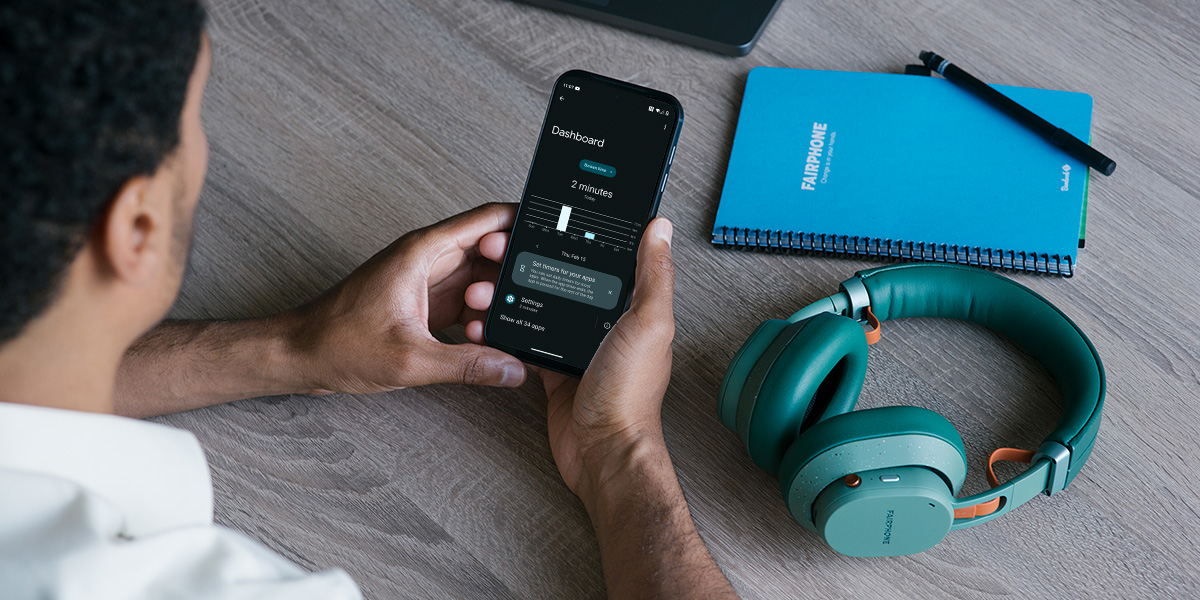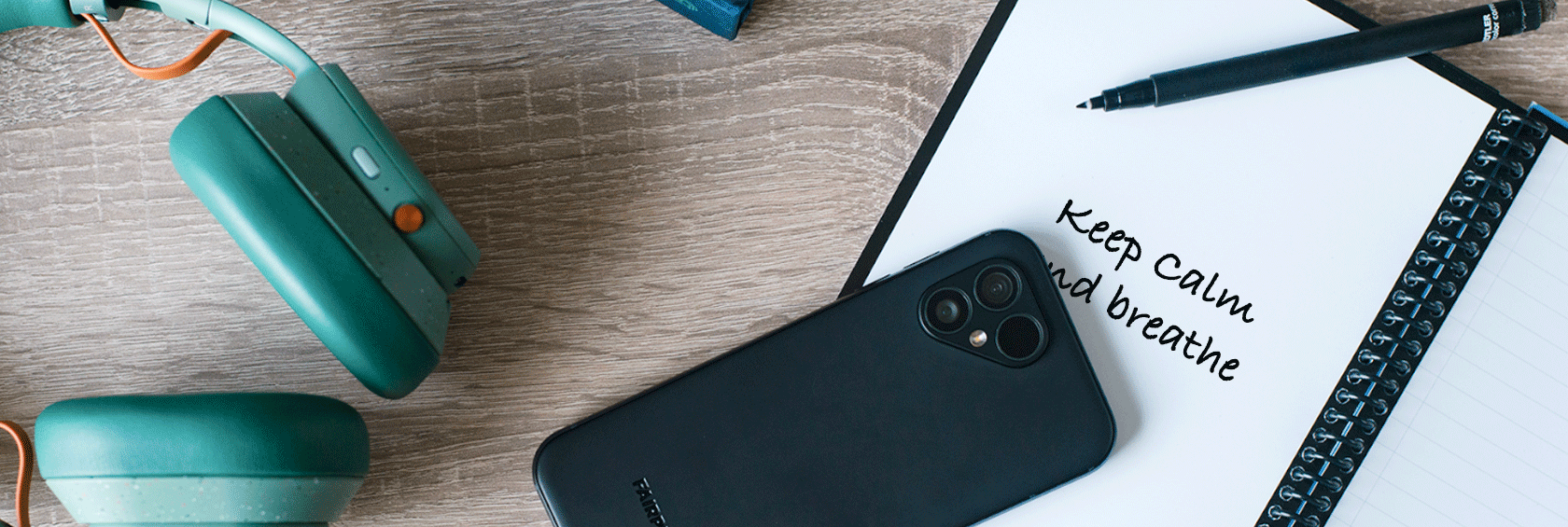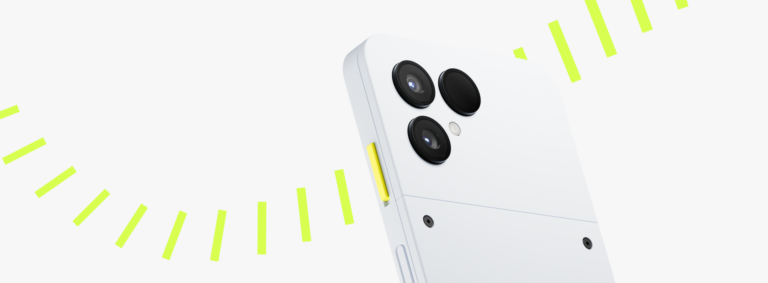Managing your Digital Wellbeing 101
Nomophobia (n)
Fear of not having mobile phone connectivity. It can cause panic or anxiety for the person experiencing it.
It’s ironic how when mobile phones first made their appearance, their biggest selling point used to be about staying connected all the time. And now, we have crossed over to the other side, where mental health specialists across the world are questioning whether we are, perhaps, too connected. How many of us can honestly say that we are not looking at our phones the moment we wake up? Are we spending too much time watching reels? We get it. We really do. You should see our internal meme threads. It gets tons of new posts every day.
There are lots of reasons why spending too much time on your phone is not good for you, physically and mentally. It can disrupt your sleep cycles. It can make you less productive. Phone addiction is a real thing, which can lead to anxiety and depression. That’s not to mention physical discomfort like eye strain, headaches, neck pains and more. Of course, the question arises, how much is too much?

Two minutes per day might be an insane goal, but a little less time with your phone might not be a bad idea.
In an earlier post, we did the math. Three hours a day means a month and half out of the year that you’re looking at your phone. We’re not saying you’re watching cat videos for 45 days straight. It could be talking to family, catching up on work, reading the headlines. So the question then should not be how much time in total. Instead, we should start thinking about how you’re spending that time. Quality screen time is the answer. That’s why we love Android’s native Digital Wellbeing dashboard. If you want to be more disciplined about your phone usage, this is the settings sub-menu for you. Here are a few ways you can unlock its full potential.
- Understand your usage: Your dashboard offers a breakdown of where you spend your time on your phone, slotting activity into specific categories. With this, it becomes clear how much time you spend on social media, on games, on navigation and more.
- Goals are important: Concerned you spend too much time peeking at your screen? Decide an upper limit for yourself and try to stick to it. Everyone has their own measure of what is a good time. It depends on what you use your phone for. There is no wrong answer. Start with what’s comfortable for you, and adjust your goals bit by bit every day, bringing down your allowed minutes over time.
- Get app-specific: Some apps are definitely more addictive than others. The allure of TikToks and Instagram Reels are hard to deny. Digital Wellbeing allows you to set specific limits to how long you can use specific apps within a day. Perfect for keeping your reel-watching to the bare essentials.
- On the go behavior: Do you use your phone while driving or walking? You can set monitors on how much you can use your phone while on the go. Filter out navigation apps and get an idea of your usage that is non-travel related. In all honesty, you should be staying off the phone 100% when driving!
- Let’s not get loud: Digital Wellbeing also offers a volume monitor that will alert you if you are listening to music or videos at too high a volume for longer than is safe. Blaring your music is a great way to de-stress sometimes, but in the long term, it can lead to proper ear damage.
- Parenting mode: If you’re a parent, it’s not just your digital wellbeing you need to worry about. Use Parental Controls and manage your kid’s phone behavior. You can use Google’s Family Link app to supervise the phone remotely. Keep an eye on their screen time and set limits as needed. You can also add restrictions to Google Play Services, such as app approvals or content filters on Google Play.
These are a good place to start, but there’s more you can do to improve your relationship with your phone. You can set up phone-free zones around your home, do a weekly no-devices evening with someone special. Try to stop using your phone one hour before going to bed. And if you’re feeling up for the challenge, spring-clean your phone and delete apps that you think you need some time off from. Take that break. After all, who doesn’t need space from time to time? Here’s to a better you.



